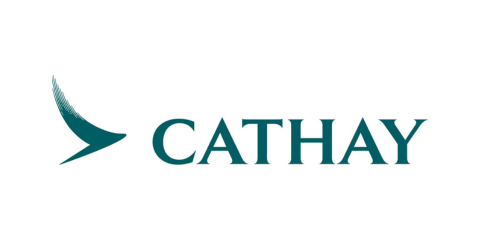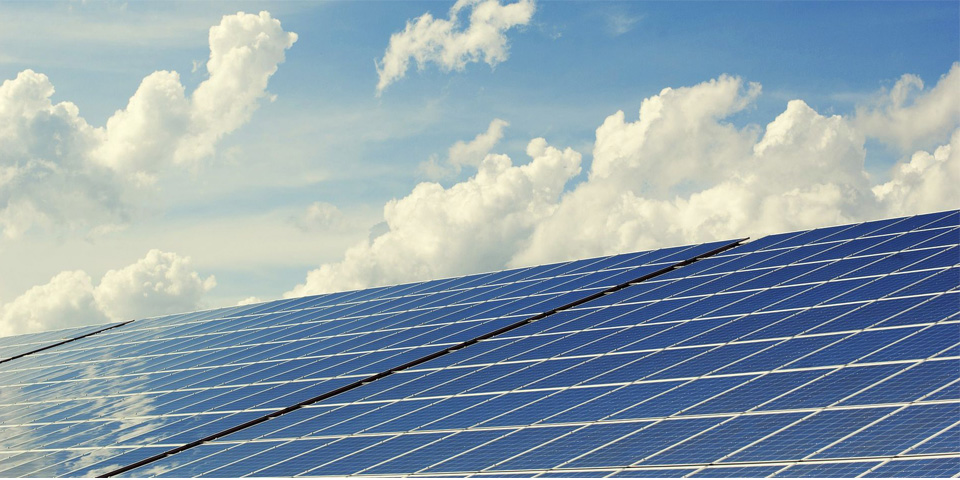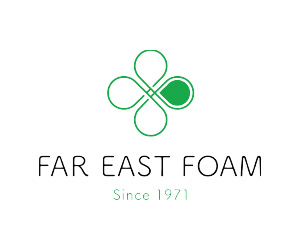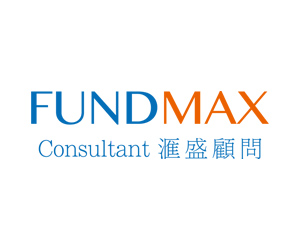Want to be in the loop?
subscribe to
our notification
Business News
OVERCOMING HURDLES IN SUSTAINABLE INDUSTRIAL AND ECONOMIC ZONE DEVELOPMENT
“The path toward sustainable development for industrial zones (IZs) and economic zones (EZs) continues to encounter significant challenges. A notable concern is the instability and lack of consistency in the institutions and policies governing these zones. This inconsistency has resulted in a void of transformative impetus for socio-economic advancement,” said Dr. Nguyen Quang Tuyen from Hanoi Law University.
Bottlenecks
According to Mr. Nguyen Thi from the Department of Legal Affairs under the Ministry of Natural Resources and Environment, many localities such as Hanoi, Bac Ninh, Bac Giang, Quang Ninh, Hai Phong, Hai Duong, Ho Chi Minh City, Dong Nai, Binh Duong, Ba Ria-Vung Tau, and Long An, all of which host a significant number of industrial parks, have implemented centralized wastewater treatment systems.
Industrial parks and economic zones have successfully attracted approximately 10,400 domestic direct investment (DDI) projects and 11,200 valid foreign direct investment (FDI) projects. These projects have a total registered capital of about VND2,540 trillion (US$110 billion) and US$231 billion. In recent years, FDI capital in industrial zones and economic zones has accounted for about 35-40% of the total additional registered FDI fund in the country. The processing and manufacturing industry in these zones has accounted for 70-80% of the total registered capital. These zones serve as crucial conduits for attracting resources from domestic economic sectors. The ratio of DDI capital to FDI capital in these zones increased from 31% to 69% in 2015 to 36.3% to 63.7% in 2018.
Investment projects in these zones play an important role in promoting and expanding export markets, increasing export turnover, and gradually integrating Vietnam into global production networks and value chains. The export value of tenants in these zones to the country’s total export value has seen a rapid increase over the years, from 6% in 1995 to 19% in 2005, 50% in 2015, and 57% in 2018. In the period from 2016 to 2020, the average annual export value of tenants in these zones accounted for over 55% of the country’s total export value. Coastal industrial zones and economic zones have contributed VND363,141 billion to the State coffers, accounting for 11.7% of the country’s State domestic budget revenue (exclusive of crude oil).
In particular, these zones have created full-time employment for more than 3.9 million workers, accounting for 8.3% of the country’s workforce. Of this total, industrial and construction workers constituted only 21.4%.
According to Dr. Nguyen Quang Tuyen, these zones have attracted a substantial amount of investment capital, adding crucial resources for development investment and aiding in boosting economic growth. The development of these zones has created market demand and helped develop many high-quality service industries such as finance, banking, insurance, auditing, legal consulting, shipping, logistics, construction, labor supply and training, wastewater treatment, and industrial waste. Importantly, these zones have actively contributed to environmental protection and implemented the Government-backed green growth strategy.
However, the sustainable development of these zones is facing many challenges. Notably, institutions and policies on these zones are not stable and consistent, resulting in the absence of breakthrough boosts to social and economic development. The legality of framework regulations on these zones is not high. The legal framework for the operations of these zones has not undergone any transformational changes, being defined only by by-law documents (the decree of the Government). Meanwhile, the operations of these zones involve many different fields such as planning, investment, businesses, land, construction, environment, housing, and labor.
Furthermore, the quality and effect of planning for these zones have not met expectations. There are still many overlaps in legal provisions on State administration of these zones. The quality and effect of investment attraction into these zones have not met intensive development requirements. The connection and cooperation inside these zones, among these zones, and between these zones and the outside remains weak. Particularly, the sustainable and balanced economic, environmental, and social development in the development of these zones was underscored, but implementation outcomes varied and were uneven among localities. Some localities have not effectively carried out environmentally and socially sustainable development of these zones.
Complete legal framework needs to be completed
Before this reality, to address existing issues, according to Dr. Tuyen, it is necessary to complete the legal framework and resolve problems in IZ and EZ development investment in order to form a perfect legal framework for IZ and EZ development investment.
Given current different characteristics, industrial real estate needs to have specific regulations beside general regulations on real estate business. Therefore, according to the Law on Real Estate Business of 2024, the Government, the Ministry of Construction and relevant bodies shall research, draft and promulgate regulations on industrial real estate to rationalize the development of this segment and boost the smooth and healthy development of industrial real estate, he noted.
Moreover, it is necessary to raise awareness of governmental agencies at all levels in developing IZs and EZs; make laws to regulate IZ and EZ operations to clearly identify core development and outstanding mechanisms and policies on infrastructure and land access and administrative procedures relating to investment, businesses and construction. At the same time, it is important to improve State administration of IZs and EZs at both central and local levels by streamlining their apparatus and adopting new models.
Furthermore, it is necessary to develop policies and laws to align synchronous IZ and EZ development with urban and service zone development in a unified general planning which is based for national planning, regional planning and provincial planning. There is also a need to have consistent, attractive mechanisms, policies and regulations to entice investment capital sources to build technical infrastructure outside IZs and EZs and connecting infrastructure to interlink accommodations, cultural institutions and welfare utilities for workers as well as services for IZs and EZs.
Source: VCCI
Related News

ESG SERIES MASTERCLASS
Join the ESG Series Masterclass today and be a part of the solution led by our team of industry experts Bao Nguyen, Betty Pallard, Chi Nguyen, Jonathan SOURINTHA - HRK Group - PVA PRO - GPS (iBAG), Markus Klemmer, Paula Fajardo, Sergio Pereira da Silva along with many more to come…

VIETNAM’S GDP TO GROW 5.5% THIS YEAR – WB
This forecast is based on the assumption of a moderate recovery in manufacturing exports in 2024, fueled by rebound growth of 8.5% year-on-year in the fourth quarter of 2023 and 17.2% year-on-year in the first quarter of 2024, reflecting strengthening global demand, said Dorsati Madani, senior country economist at the WB in Vietnam.

FARE REFUND FOR VISA REJECTION
Cathay Pacific will offer full refunds for cases of visa rejection to provide you with the confidence to explore the world with ease. If you are planning to fly to a destination that requires an entry visa, you can now book with greater peace of mind.

MOIT PROPOSES SCHEME TO BOOST RENEWABLE ENERGY PROCUREMENT
The proposed Direct Power Purchase Agreement (DDPA) mechanism, outlined in the draft decree, targets organisations and individuals consuming electricity from the 22kV power grid or higher, with a monthly consumption averaging 500,000kWh. However, residential households are excluded from direct procurement.

REAL ESTATE BONDS PLACE PRESSURE ON ISSUING FIRMS
The ministry’s recent report underscores concerns within Vietnam’s corporate bond market for 2023 and 2024. It emphasizes the critical need to address hindrances to the real estate sector in line with the objectives provided in Government Resolution No. 33/NQ-CP, which aims to stabilize the industry.

FOUR COMMODITIES POST Q1 EXPORT VALUE OF OVER 5 BILLION USD
The total export turnover of agricultural, forestry, and fisheries products in the first three months of 2024 is estimated to reach 13.53 billion USD, an increase of 21.8% compared to the same period of 2023.

































